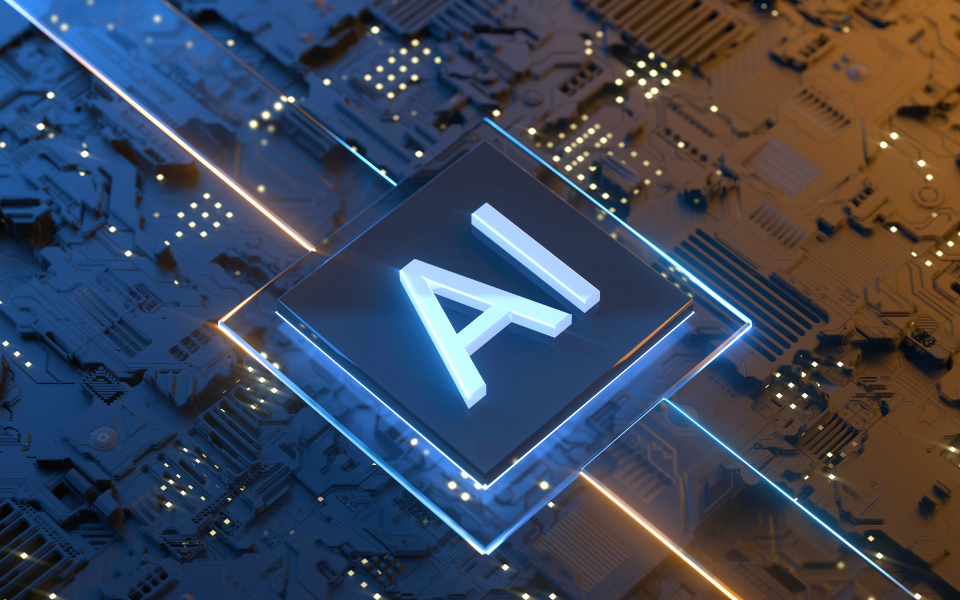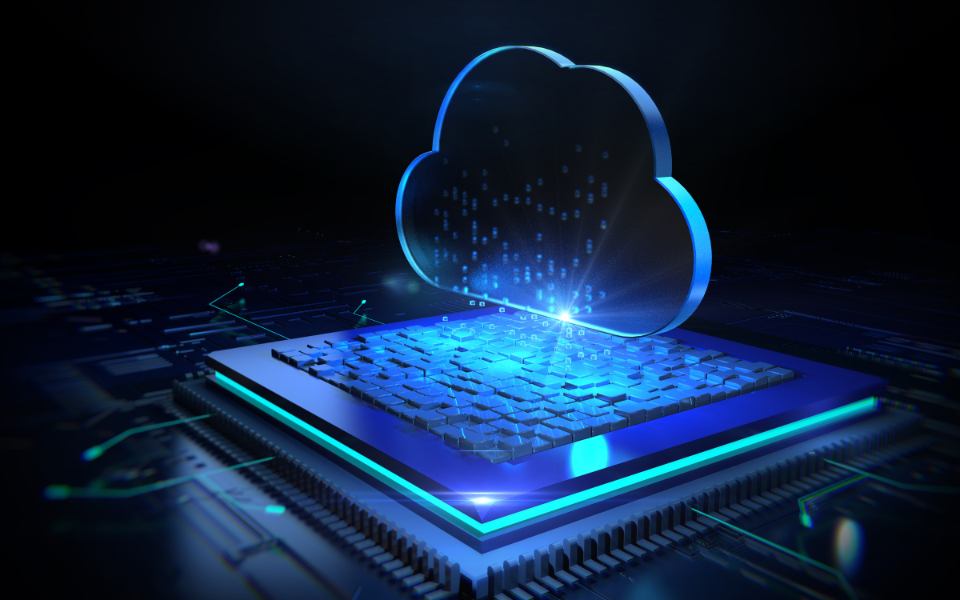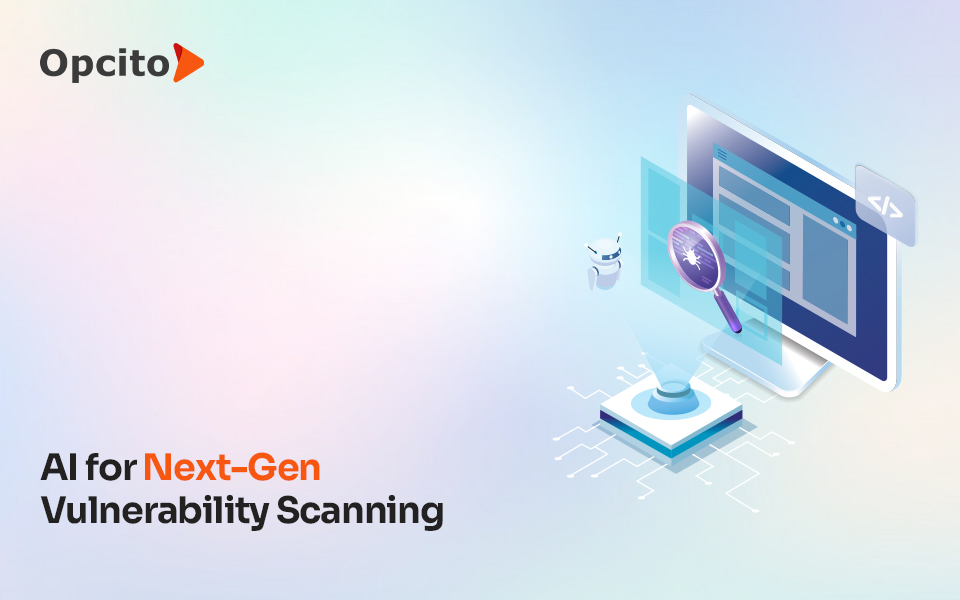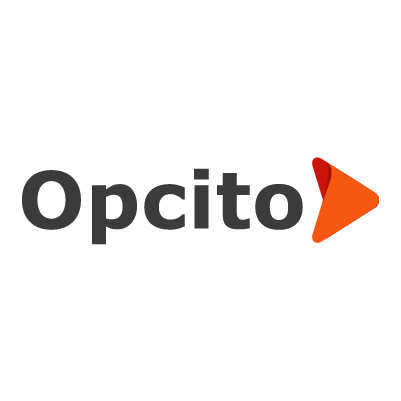This is the second part of a two-part blog on the questions raised during an Edge Computing Webinar that NASSCOM hosted on Apr 16, 2020. Since many questions from the attendees were unanswered, the panellist have made an effort to address these offline.
This post covers the questions on Cost & security, Standards, Technical aspects of edge.
Part I of the post can be accessed here: Use cases, Start-ups, Go-To-Market
COST & SECURITY
- “In comparison with Cloud, Edge computing is expensive in terms of hardware & infra management” – what is your point of view?
The edge computing is expensive in terms of hardware and infra, but you need to look at it holistically. You must consider the cost associated with the network traffic, if you are to process all the gathered data in the cloud and the ROI that new business opportunities edge will bring in. Realistically, edge computing cost do vary wildly, depending on the size and scale of your deployment, the amount of data being collected and processed, and the geographic location of your edge computing deployment. If you plan your business case and edge deployment optimally for the business case in hand, edge will not turn out to be expensive.
- How do we work on OT security? That’s the most vulnerable area when we talk of edge computing?
Today Industrial systems are getting connected due to the IT-OT convergence brought about by Edge computing. This creates security risks that need to be addressed. IT and OT security can be managed through monitoring of networking traffic and establishing security policies. Traffic from OT equipment is between determined end points, so it’s easier to baseline and monitor and protect them in case of attacks. There are IOT & OT cybersecurity tools in the market like Nozomi Networks, Forescout, Splunk, etc. which can be evaluated. OT security needs to be planned similar to IT security, with access controls, segmentation, cryptographic controls, governance and incident response plan.
- Should edge solution always involve gateway hardware for security of OTs?
Having an Edge gateway would limit the network connection points from an OT equipment to edge gateway, as OT equipment would not need to be connected to the internet or cloud. However, purpose of edge gateway hardware is not to enforce OT security, but more to gather data and convert data to the required format and perform analytics. OT security involves many factors like physical security, access control, security policies, hardening, DMZs, perimeter firewalls, identity management, app whitelisting, device firewalls, breach detection, etc.
STANDARDS
- Do you see edge computing as a homogeneous environment or is it like Azure and AWS3 needing to work together?
Like cloud, edge platforms also will emerge to be heterogeneous. The distributed federated aspect of edge computing will need different interfaces for device to edge and edge to cloud interactions. This will demand the edge be heterogeneous and interoperable.
- How does the ETSI MEC specification fit in? (Wrt consortiums).
Industry Specification Group (ISG) on ETSI – Multi-Access Edge Computing (MEC) Group’s purpose is to create a standardized, open environment which will allow efficient and seamless integration of applications from vendors, service providers and third-parties across multi-vendor Multi-access Edge Computing platforms.
The work of the MEC initiative aims to unite the telco and IT-cloud worlds, providing IT and cloud-computing capabilities within the RAN (Radio Access Network). The MEC ISG specifies the elements that are required to enable applications to be hosted in a multi-vendor multi-access edge computing environment.
In addition, ETSI MEC ISG provides API specifications, definitions and services for the application developers to use NW related services in their applications. One such example is Location (NW services) provided through ETSI MEC API to be consumed in Applications.
List of MEC participants: https://portal.etsi.org/TB-SiteMap/MEC/List-of-Members
TECHNICAL
- What are the testing requirements for edge devices/networks and what kind of test equipment/tools will help in this area?
The testing requirements are:
- Performance Testing: Is important to create strategic approach for developing and implementing an Edge testing plan
- Usability Testing: There are so many devices of different shape and form factors that are used by the users. Moreover, the perception also varies from one user to other. That’s why checking usability of the system is very important in IoT/edge testing
- Compatibility Testing: The end devices have varied software and hardware configuration. Therefore, the possible combinations are huge. As a result, checking the compatibility in IOT/edge system is important
- Reliability and Scalability Testing: Important for building an IOT/edge test environment which involves simulation of sensors by utilizing virtualization tools and technologies
- Data Integrity Testing: It is important to check the Data integrity in IOT testing as it involves large amount of data and its application
- Security testing: In the IoT environment, there are many users accessing massive amounts of data. Thus, it is important to validate the user via authentication, have data privacy controls as part of security testing. There are 3rd party tools available for testing like Shodan, Thingful, etc.
- Will there be any contribution of Raspberry Pi in industrial edge computing?
While there are several ruggedized versions of Arduino and Raspberry available in the market, they are not yet widely considered by customers for Industrial IoT implementations. (https://www.rs-online.com/designspark/raspberry-pi-and-arduino-in-industrial-environments)
However, they are not designed to be as robust as what industrial solutions demand. OT equipment would be heavy and operate in harsh conditions (heat, humidity, dust, power spikes) and cannot tolerate failures. Case studies using Raspberry Pi in real world implementations would be very rare. Edge servers by HP, Dell, Eurotech, Advantech and others are what is currently being considered for Industrial IoT.
- Today is there any solution in the market that deals with downloading the model at the edge and do the inference at the edge?
There are several solutions in the market that help in deploying Machine Learning models at edge and do inference there. TensorFlow Lite is an open source deep learning framework for edge inference. There are optimized Edge friendly inference platforms provided by chip vendors like Intel, NVIDIA and ARM. For example, the OpenVINO Toolkit from Intel, TensorRT from NVIDIA, TensorFlow Lite from Google, Qualcomm Neural Processing SDK and ONNX Runtime simplify and speedup the inference at the Edge.
- Do you see Hyperledger Fabric as a platform for decentralized edge management and monetization control?
- Blockchain can strengthen the security of edge components in terms of the identity management and access control and prevent data manipulation. Edge computing involves resource-constrained devices that link sensors with central cloud processing. These devices can carry out critical ?ltering and processing activities, relieving the central components of the architecture from overload
- To keep track of the identity, provenance of all data objects, as well as to automate the interaction between all the participants of the network, Hyperledger fabric can be used as platform
Contributors:
- Lekha Sudhir Menon, Lead – Intelligent Edge CoE, Cognitive Business Operations, Tata Consultancy Services
- Anjali Deo, CTO IOT Group, Cognizant
- Neelakantan Venkataraman, Chief Business Officer, APAC, AlefEdge
- Vinod Eswaraprasad, Chief Architect and Practice Head of Software Engineering-Industrial and Engineering Services, Wipro
Disclaimer: Views and opinions expressed here are personal and do not reflect the official view of the respective companies
NASSCOM whitepaper: Edge Computing-Towards A More Distributed Future” (Dec-2019)
I hope you are finding my blogs in the Edge Computing series interesting. Please do share your comments and areas of interests with me at: diksha@nasscom.in






























